#visitMontana
Text
Montana

Montana, also known as Big Sky Country, is a state located in the western region of the United States. It is the fourth largest state in the country and has a population of over a million people. Montana is famous for its stunning landscapes, including the Rocky Mountains, Glacier National Park, and Yellowstone National Park.
The state boasts a rich history and culture. It was first inhabited by various Native American tribes, including the Blackfeet, Crow, and Sioux. In 1805, Lewis and Clark traveled through Montana during their famous expedition. It wasn't until the mid-1800s that European-Americans began to settle and establish towns in the area.
The geography of Montana is diverse and breathtaking. The western part of the state is mountainous and includes parts of the Rocky Mountains. The eastern part of the state is mostly plains and has areas of badlands. Montana is home to several rivers, including the Missouri River and Yellowstone River, as well as numerous national forests and grasslands.
Montana's economy is primarily driven by agriculture, mining, and tourism. The state is one of the leading producers of wheat and cattle in the United States. Montana is also rich in mineral resources, including gold, silver, and copper.
The culture of Montana is influenced by its rich history and natural beauty. The state is home to various museums, galleries, and cultural centers showcasing local art and history. Montana's cowboy culture is also prevalent, with rodeos and horseback riding activities being popular pastimes.
Montana offers a unique mix of stunning landscapes, rich history and culture, and a thriving economy. Whether you're looking to explore the great outdoors, learn about the state's history and culture, or start a new business venture, Montana has something for everyone.

Etymology
Montana's name comes from the Spanish word montaña, which translates to "mountain" in English. The name was first used by Spanish explorers in the 18th century to describe the mountainous region that is now Montana. Prior to this, the area was inhabited by various Native American tribes, who had their own names for the land.
Other names that Montana has been known by include "Land of the Shining Mountains" and "Treasure State". The former was coined by Montana's first U.S. senator, Thomas J. Walsh, while the latter is a reference to the state's abundant mineral resources.
Interestingly, Montana was briefly known as "Absaroka" in the mid-19th century, after a proposed territory of the same name was established in the area. However, the name was never officially adopted and was largely forgotten after the territory was dissolved a few years later.
Montana's name reflects the state's rugged, mountainous terrain and its importance as a source of natural resources throughout its history.
History
Montana has a rich and diverse history, with evidence of human habitation dating back thousands of years. The indigenous peoples of Montana, including the Crow, Blackfeet, and Sioux, lived off the land and developed their own unique cultures.
In 1804, explorers Meriwether Lewis and William Clark led an expedition through Montana, exploring the Missouri River and establishing relations with local tribes. Their journey marked the first official presence of the US government in Montana.
The fur trade soon followed, as trappers and traders established posts throughout Montana. In the mid-1800s, Montana became a destination for gold miners and prospectors, leading to the establishment of boomtowns such as Virginia City and Helena.
The 1860s saw the outbreak of conflict between settlers and Native Americans, as territorial boundaries and resource disputes arose. This culminated in the Battle of the Little Bighorn in 1876, where the Sioux and Cheyenne defeated the US army led by General George Armstrong Custer.
By the late 1800s, Montana had become a state and was experiencing rapid growth and development. The state's economy was driven by mining, agriculture, and logging, with major corporations such as Anaconda Copper Company dominating the industry.
In the early 20th century, Montana's political landscape was heavily influenced by the rise of the Progressive movement, which sought to limit the power of corporations and promote social justice. Montana saw a series of labor strikes and protests, including the infamous Anaconda Road Massacre in 1920.
During World War II, Montana played a significant role in the war effort, serving as a training ground for thousands of soldiers and hosting prisoners of war. The post-war era saw the rise of industrialization and tourism, with major developments such as the construction of the Hungry Horse Dam and the establishment of Glacier National Park.
Today, Montana's history and heritage are celebrated throughout the state, with museums, historic sites, and cultural festivals showcasing the diverse and fascinating stories of Montana's past.
Geology
Montana's geology is diverse and stunning, offering visitors and residents alike a glimpse into the natural world. The state is home to the Rocky Mountains, which run north and south through the western half of the state, and the Great Plains, which stretch across the eastern half of the state.
The mountains in Montana offer fantastic skiing, hiking, and scenic vistas, with peaks such as Granite Peak and the Beartooth Mountains rising to over 12,000 feet. In addition to the rugged peaks, the state's mountain geology includes cliffs, canyons, and valleys carved by glacial activity and erosion.
Montana's rivers are also an integral part of its geology, with the Missouri River running the entire length of the state. The Clark Fork River, which flows through western Montana, is one of the largest rivers in the state and provides ample recreational opportunities for fishing, boating, and camping.
The Great Plains are a vast expanse of rolling grasslands and prairies, dotted with buttes and badlands, and offer visitors a unique contrast to the mountains and rivers. The geology of the plains is characterized by long, sweeping plains of grasses and grains, with several notable escarpments and coulees.
Montana's geology is rich and diverse, offering a unique blend of mountainous and prairie landscapes. Whether exploring the peaks of the Rockies or the vast expanses of the plains, visitors to Montana are sure to be awed by the state's natural beauty.
Geography
Montana is located in the western region of the United States and shares its borders with North Dakota, South Dakota, Wyoming, Idaho, and Canada. The state covers an area of 147,040 square miles, making it the fourth largest state in the country. Montana can be divided into two distinct regions: the Rocky Mountains to the west and the Great Plains to the east.
The Rocky Mountains dominate Montana's western region, including the famous Glacier National Park. The mountain ranges provide breathtaking views and are home to some of the state's most popular tourist attractions. The Continental Divide runs through Montana's western region, dividing the state's drainage system into two, with water from the western side flowing into the Pacific Ocean and the eastern side flowing into the Gulf of Mexico.
The Great Plains region in Montana is located to the east of the mountains and covers about two-thirds of the state's area. The plains are characterized by rolling hills, grasslands, and wide-open spaces that are home to large, grazing animals, including bison and pronghorn. The eastern region includes many rivers and streams, including the Missouri River, Yellowstone River, and Milk River.
Montana has a diverse topography, and its highest point is Granite Peak in the Beartooth Range, which rises to 12,807 feet above sea level. The lowest point is the Kootenai River, which is at an elevation of 1,800 feet. Montana's topography is also influenced by geological features such as canyons, ridges, and valleys.
In addition to its natural features, Montana also has well-defined political and town boundaries. The state is composed of 56 counties, with each county having its own unique features and characteristics. The largest cities in Montana include Billings, Missoula, Bozeman, and Great Falls.
Montana's scenic beauty and diverse topography make it one of the most popular tourist destinations in the United States. From skiing in the winter to hiking in the summer, Montana has something for everyone. Whether you're interested in exploring the mountains or taking a scenic drive through the plains, you're sure to find something that will capture your heart and leave you wanting more.
Ecology
Montana is a state rich in ecological diversity, with a wide variety of flora, fauna, and ecosystems thriving within its borders. From the towering peaks of the Rocky Mountains to the sprawling plains of the east, Montana's natural beauty is something to behold.
One of the most famous areas of ecological significance in Montana is Yellowstone National Park. This vast wilderness area is home to an incredible range of wildlife, including bison, wolves, grizzly bears, and elk. Visitors can explore the park's many hiking trails, take a scenic drive through its picturesque landscapes, or even go camping in one of its many designated campsites.
Another important ecological area in Montana is Glacier National Park, which is home to a stunning range of plant and animal life. Hikers can take in spectacular views of its mountain peaks and glaciers, and wildlife enthusiasts can keep an eye out for mountain goats, moose, and bears.
Montana is also home to a variety of other natural areas that are important for their ecological significance. The Flathead Valley, for example, is a vital habitat for many bird species, including bald eagles and ospreys. Meanwhile, the Bighorn Canyon National Recreation Area is home to a fascinating array of wildlife, including bighorn sheep, mountain lions, and bobcats.
In addition to its parks and preserves, Montana is home to a wide range of ecosystems, each with its own unique species and characteristics. The western part of the state is dominated by mountainous terrain, characterized by forests of Douglas fir, spruce, and lodgepole pine. Meanwhile, the eastern part of the state is dominated by rolling prairies, covered in grasses and dotted with sagebrush and juniper trees.
Montana's ecology is truly remarkable, offering a one-of-a-kind experience for nature enthusiasts and wildlife lovers alike. Whether you come for the national parks, the wildlife reserves, or simply to explore the state's rich ecological diversity, Montana is sure to leave a lasting impression.
Biodiversity
Montana boasts a rich and diverse wildlife, with a vast array of habitats ranging from the heights of the Rockies to the depths of the prairies. The state is home to some of North America's most iconic species, including grizzly bears, wolves, elk, and bison, as well as numerous rare and endangered species.
Montana's diverse ecosystems, from forests and grasslands to wetlands and alpine tundra, have sustained a unique set of plants and animals. For example, Glacier National Park alone boasts over 70 mammal species and 270 bird species. The state also has a rich aquatic fauna, with ample fish species such as the native westslope cutthroat trout and the Arctic grayling.
Despite being home to such a vast array of life, many species in Montana face significant threats. Endangered species such as the grizzly bear and lynx must deal with habitat fragmentation and human encroachment on their habitats. Meanwhile, the swift fox and black-footed ferret are just two of Montana's many threatened species, struggling against habitat loss and disease.
The state has a long and proud history of natural resource management and conservation. Montana has dozens of federally protected wilderness areas, refuges, national parks, and state parks dedicated to preserving Montana's unique outdoors.
The state also has several plant and animal life sanctuaries, including the Montana Natural Heritage Program, which is committed to monitoring, conserving, and restoring endangered species in the state.
Furthermore, the state's Department of Fish, Wildlife, and Parks actively manages huntable and non-huntable populations, creating a balance between the conservation of ecosystems and the recreation and economical value of hunting and fishing. This makes Montana a top destination for hunting enthusiasts.
Montana's rich biodiversity and unique ecosystems not only make for awe-inspiring natural beauty but also provide invaluable resources for the state's people and economy. However, Montana's wildlife faces significant threats from climate change, human encroachment, and habitat loss, making the need for conservation and management increasingly essential.

Alpine tundra
Climate
Montana has a varied climate due to its diverse topography, with some areas experiencing harsh winters and hot summers while others enjoy mild temperatures year-round. Generally, the state has a semi-arid climate with long, cold winters and short, hot summers. However, the weather patterns can differ significantly between the western and eastern parts of the state.
The western region, which includes cities like Missoula and Kalispell, experiences a more moderate climate due to its proximity to the Pacific Ocean. This translates to milder winters and cooler summers with more precipitation than the eastern side of Montana. The western region also has a more varied terrain with mountains and forests, which can affect local weather patterns.
On the eastern side of the state, which includes cities like Billings and Miles City, the climate is more extreme. Winters are longer, colder, and snowier, while summers are shorter and hotter than the western region. The higher altitude of this region also affects the weather, with nighttime temperatures regularly dropping below freezing.
The state's mountainous regions, including the Rocky Mountains and the Bitterroot Range, experience colder temperatures and more precipitation than the rest of the state. The top of the mountains can remain snow-covered for much of the year, while the valleys below experience more moderate temperatures and less snow.
Montana is also prone to weather extremes such as thunderstorms, tornadoes, and wildfires. Thunderstorms are common during the summer months, often leading to high winds and hail. The state also has a high incidence of tornadoes in the eastern regions, with an average of six per year. Wildfires are also a significant concern, especially during the hot and dry summer months.
Montana's climate varies significantly depending on the region and season, making it important to check weather forecasts and pack appropriately for any outdoor activities. Whether you are planning to visit the mountains or explore the plains, Montana's climate offers something unique and exciting for everyone.
Environmental issues
Montana, with its diverse and beautiful landscape, faces numerous environmental challenges. Wildfires are one of the biggest threats, with the state experiencing more than 1,500 fires per year. These fires can have devastating effects on the natural environment, destroy homes and infrastructure, and endanger lives. The state also faces problems with mining activities, as the disposal of waste from mines can contaminate water sources and harm wildlife.
Oil and gas development is another major environmental issue in Montana. The extraction and transportation of oil and gas can cause significant damage to the land, water, and air quality, and have negative impacts on local communities. This is especially true in the eastern part of the state, where the Bakken shale formation is located.
Climate change is also a growing concern in Montana. The state has experienced warmer temperatures and longer droughts in recent years, which have led to more frequent and intense wildfires. The state is also seeing changes in the frequency and severity of storms, and changes in precipitation patterns that impact agricultural production. Glacier National Park, a symbol of Montana's natural beauty, has seen a drastic reduction in the number of glaciers due to rising temperatures.
To combat these environmental challenges, Montana has implemented policies and regulations to protect the natural environment. The state has invested in fire suppression technology, forest management, and emergency response teams. Regulations require mines to remediate and restore impacted sites. The state also has renewable energy growth goals, and encourages the development of solar and wind energy.
However, these efforts have not been without controversy. There is often a tension between environmental conservation and economic development, particularly in resource-dependent communities. Some argue that energy extraction activities bring jobs and economic growth to the state, while others stress the importance of preserving Montana's natural beauty and protecting the health of its residents.
Montana's environmental issues reflect the challenges that many states face in balancing economic development with conservation efforts. As climate change and other environmental concerns continue to escalate, it is important for individuals and communities to engage in discussions around how best to protect the health and well-being of both people and the planet.
Politics
Montana's political history dates back to the early 19th century when it was still part of the Louisiana Territory. It became a US Territory in 1864 and was admitted to the Union as the 41st state in 1889. During its early history, Montana was a Democratic stronghold with little Republican influence. However, this trend began to shift in the early 20th century with the rise of progressive politics and the emergence of the Republican Party.
Currently, Montana is known for its moderate and libertarian streaks in politics, often electing politicians who are independent-minded and willing to cross party lines. Montana's current governor is Greg Gianforte, a Republican who was elected in 2020. The state has one House representative, Matt Rosendale, who is also a Republican.
Montana has been known to produce notable politicians such as former governor Steve Bullock and Max Baucus, one of the longest-serving Democrats in the US Senate. Other famous politicians from Montana include Jeannette Rankin, the first woman to be elected to Congress, and Mike Mansfield, a Senate Majority Leader who served for over 30 years.
The state's political climate is heavily influenced by its rural and conservative nature, although this is changing with the arrival of new residents from more liberal states. Montana is known for its strong support for land rights, gun rights, and limited government, but also for its willingness to embrace progressive causes, such as environmental protection and LGBTQ+ rights.
Montana has a unicameral legislature, meaning it only has a House of Representatives, which has 100 members.
Read the full article
2 notes
·
View notes
Photo

Missoula Montana, USA
Explore the picturesque beauty of Missoula, Montana, USA, through stunning imagery and inspiring posts on our English Pinterest network.
0 notes
Text
Guide to Missoula, Montana
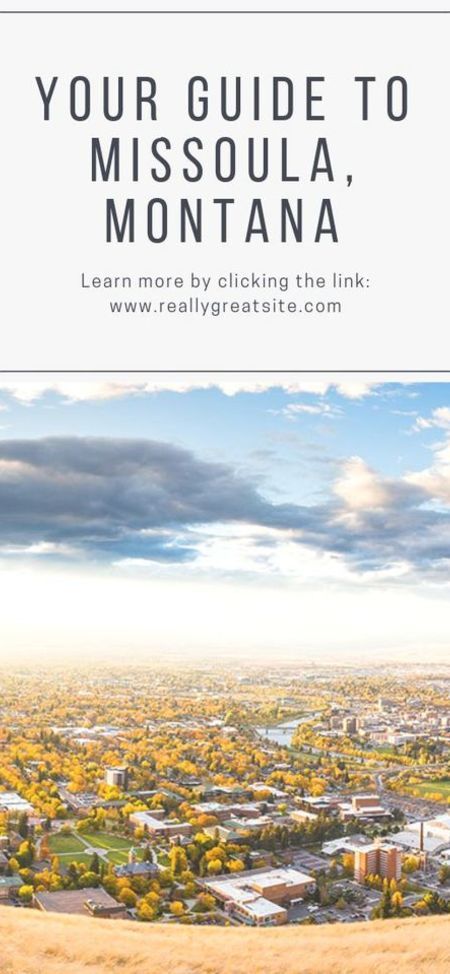
Embark on an unforgettable exploration of Missoula, Montana, where breathtaking scenery meets genuine Western hospitality. Let our guide be your compass to all the unforgettable experiences awaiting you.
0 notes
Text
Best Things to Do in Missoula, Montana
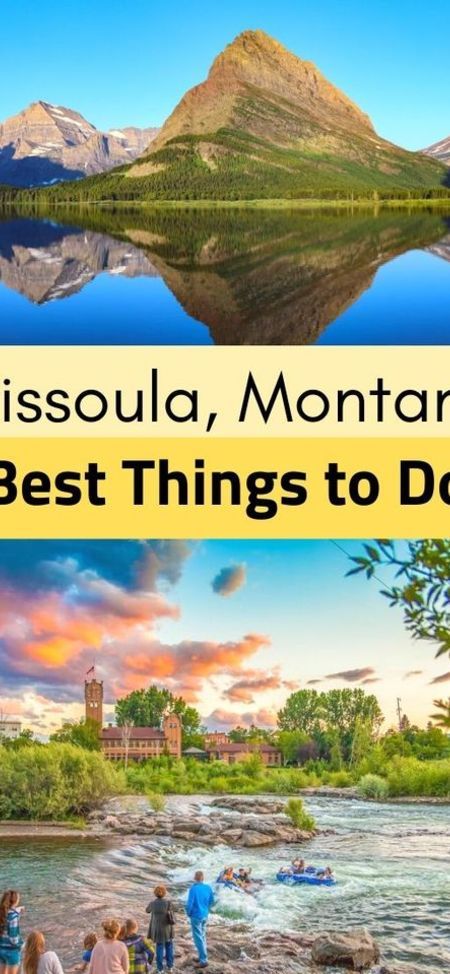
Calling all adventurers. Get ready to explore Missoula, Montana's top attractions and activities for an unforgettable experience.
0 notes
Photo

Glacier Nacional Park . . . Credit 👉🏆📸 @cadencrawford . . . Follow 👉 🇺🇸@conexao.america for more photos and movies about United States 🇺🇸 . . . Alliance @america_states @enjoy_la_ @latinbrazil . . . ✈ Mark your photo with tag #conexaoamerica or @conexao.america and we'll post it! . . . . . . . . . . . . . . . . . . . . . . . #montanagram #glaciernationalpark #montana #glacier #glaciernps #montanamoment #nationalparks #findyourpark #mountains #visitmontana #nationalpark #montanalife #exploreglacier #nps #montanagram #usa🇺🇸 #nationalparkgeek #nationalparkservice #glaciermt #montanalove #glaciernationalparkmontana #glaciernationalparkbc #montaña #montanaexplored (em Glacier National Park) https://www.instagram.com/p/CguxkAsJZ86/?igshid=NGJjMDIxMWI=
#conexaoamerica#montanagram#glaciernationalpark#montana#glacier#glaciernps#montanamoment#nationalparks#findyourpark#mountains#visitmontana#nationalpark#montanalife#exploreglacier#nps#usa🇺🇸#nationalparkgeek#nationalparkservice#glaciermt#montanalove#glaciernationalparkmontana#glaciernationalparkbc#montaña#montanaexplored
0 notes
Photo
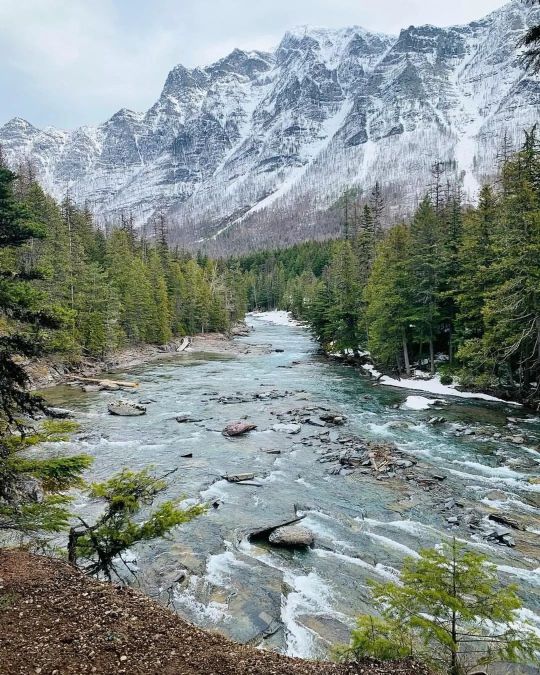
Reposted from @visitmontana We're not rushing to get anywhere. 📷: @miz.kath | #MontanaMoment . . . . #Montana #BigSkyCountry #VisitMontana #MontanaLife #Montanagram #MontanaLove #BestOfMontana #Water #LakeLife #WaterFun #WaterFront #WaterLife #Waterscape https://www.instagram.com/p/CdQlnZtuKO0/?igshid=NGJjMDIxMWI=
#montanamoment#montana#bigskycountry#visitmontana#montanalife#montanagram#montanalove#bestofmontana#water#lakelife#waterfun#waterfront#waterlife#waterscape
0 notes
Text
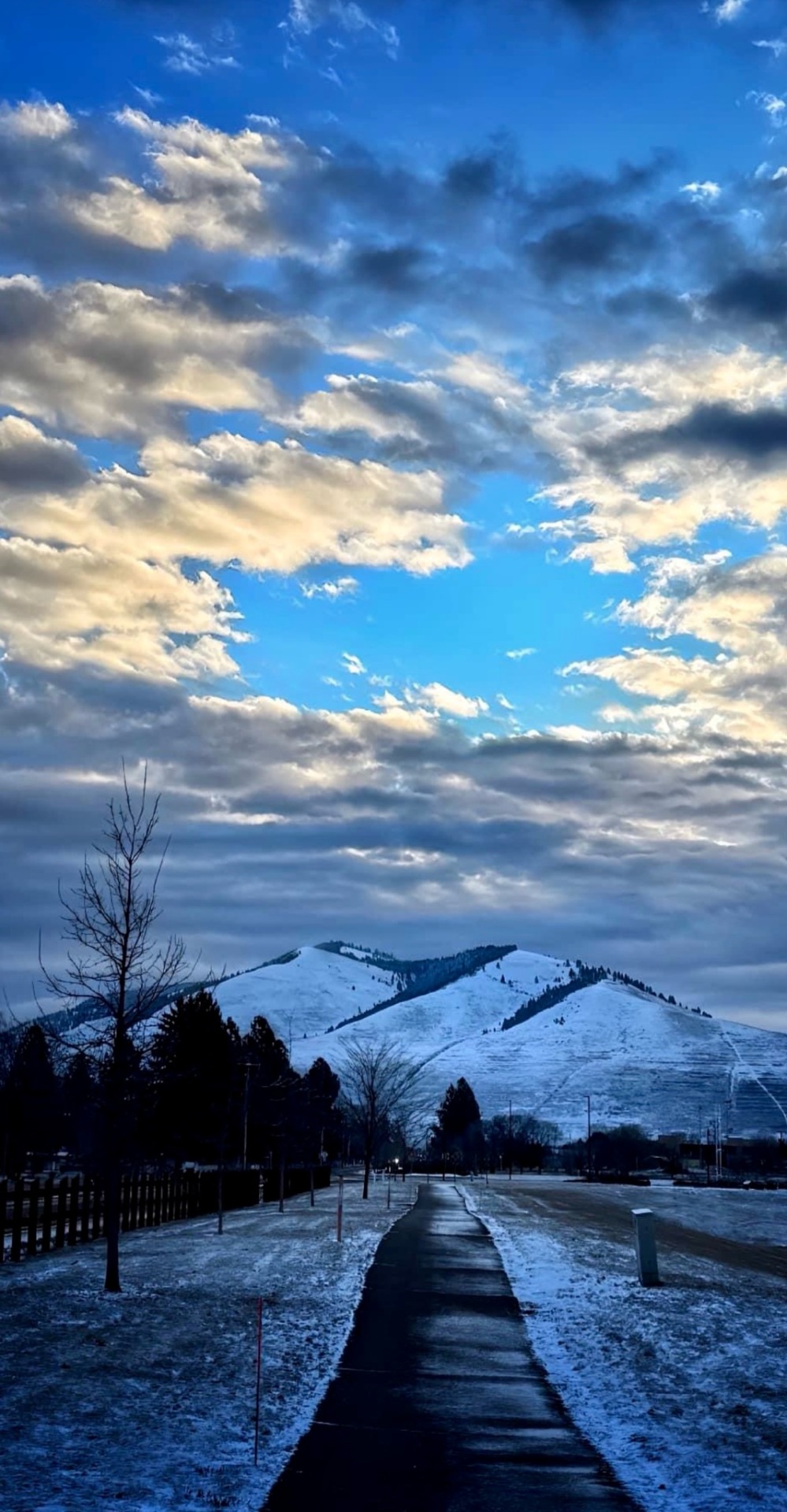
Gateway to the Big Sky: A portal hovers above Mount Sentinel, an invitation for explorers to unlock new horizons in Missoula, Montana.
#visitmontana #montana #optoutside #montanamoment #bigskycountry #montanalife #lastbestplace #glacier #glaciernationalpark #montanagram #bestofmontana #visitmt #glaciermt #naturephotography #nature #montanalove #glaciernps #pnw #choosemountains #wildernessculture #mountains #theresthisplace #nationalparks #bigskymontana #bozeman #nationalpark #pnwparadise #exploremontana #capturemontana #distinctlymontana
1 note
·
View note
Text



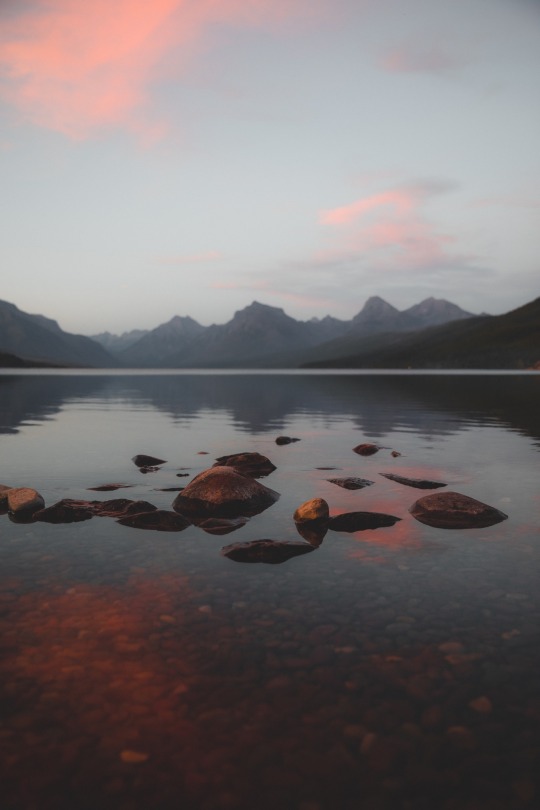
My first moments in Glacier National Park.
#photooftheday#adventureislife#visitmontana#glacier national park#artists on tumblr#exploreeverywhere#justgoshoot#canon photos#visualsoflife#montana
270 notes
·
View notes
Photo
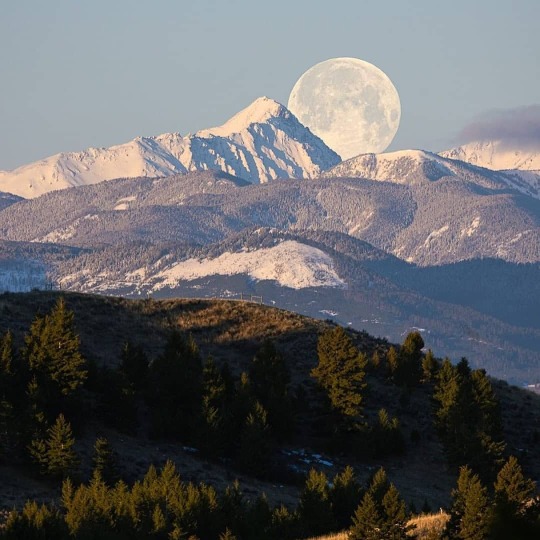
Bozeman | Rocky Mountains | Montana USA 📷 @andyaustinphoto . Share your Rocky Mountain photos here: The Rocky Mountains Community on Facebook Mountain Lifestyle: www.therockiescollection.com On IG @therockiescollection Guides | Maps | Destination Info on website therockiescollection (US & Canadian Rockies) . . . #bozeman #bozemanmontana #montana #MT #rockymountains #montanalife #travelusa #montanamoment #visitmontana #nationalparkgeek #parks https://www.instagram.com/p/CO0aTBsrdzE/?igshid=1iyokk4rl50qj
#bozeman#bozemanmontana#montana#mt#rockymountains#montanalife#travelusa#montanamoment#visitmontana#nationalparkgeek#parks
5 notes
·
View notes
Text

3 notes
·
View notes
Photo
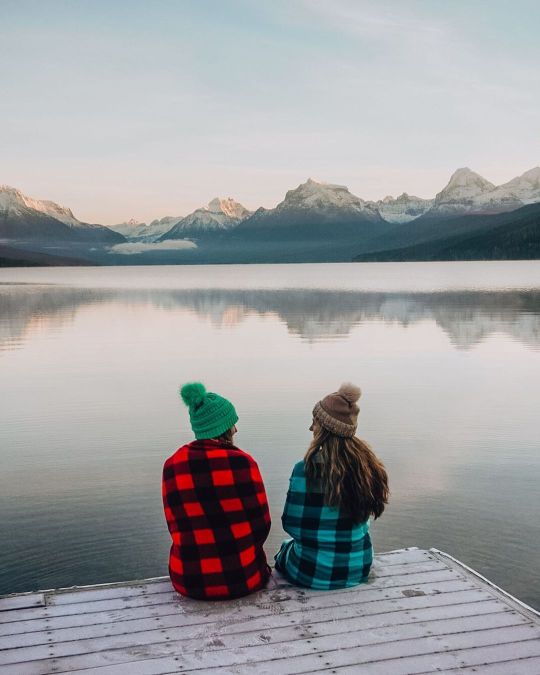
Watching the sunrise in Glacier National Park with my mother on the first day of November — a brisk 32 degrees outside. INCREDIBLE. ☀️ No Tourists are to be found here right now (once November hits & the first snowfall comes the park clears out) - however we met so many locals who only visit the park in the off season. I’m here scouting land again, and can’t wait to share the project we have in the works here — let me just say you want to have Glacier on your bucket list in 2021. 😉 Do you plan to visit Glacier National Park in the future? Comment a Y or N below... I’m curious how many of you have it on your bucket list! #glaciernps #visitmontana #montanamoment #montanaphotographer #glaciernationalpark #glaciernationalparkmontana #lakemcdonald #visittheusa #montanagram #nps (at Glacier National Park) https://www.instagram.com/p/CHGAXGLBobC/?igshid=1b4ei1cpdgudn
#glaciernps#visitmontana#montanamoment#montanaphotographer#glaciernationalpark#glaciernationalparkmontana#lakemcdonald#visittheusa#montanagram#nps
6 notes
·
View notes
Photo
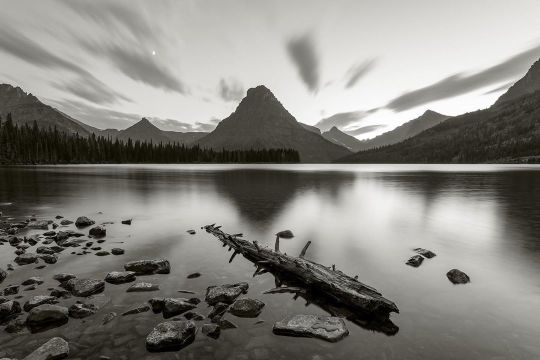
The Glacier National Park Adventure. #glaciernationalpark #montana #glacier #montanamoment #glaciernps #visitmontana #nationalparks #bigskycountry #nature #montanalife #mountains #montanagram #findyourpark #lastbestplace #travel #nationalpark #glaciermt #gnp #exploreglacier #nps #hiking #naturephotography #naturelovers #whitefishmontana #visitmt #nationalparkgeek #nationalparkservice #lakemcdonald #photography @photoexpeditions_juliancharles @natgeo @natgeoyourshot @condenasttraveller @glaciernps @glacier_national_park (at Glacier National Park) https://www.instagram.com/p/CB5dhqsH7Pa/?igshid=1pecqmsi8nppl
#glaciernationalpark#montana#glacier#montanamoment#glaciernps#visitmontana#nationalparks#bigskycountry#nature#montanalife#mountains#montanagram#findyourpark#lastbestplace#travel#nationalpark#glaciermt#gnp#exploreglacier#nps#hiking#naturephotography#naturelovers#whitefishmontana#visitmt#nationalparkgeek#nationalparkservice#lakemcdonald#photography
12 notes
·
View notes
Photo

One year ago, I spent time in this park which is now the closest park to my home. I’m so grateful for the opportunity to explore this park more!⠀ ⠀ 📍: Glacier National Park, MT⠀ 📅 : December 2019⠀ ..................................................⠀ ⠀ 📷: Nikon Z7⠀ 🔍: Nikon 24-70/4s⠀ ⠀ #nationalparkgeek #IBrakeForBrownSigns #visitmontana #montanamoment⠀ #findyourambassador #unitedbynature⠀ (at Glacier National Park) https://www.instagram.com/p/CIoMDPYgWnD/?igshid=y1ao7ltfktzb
1 note
·
View note
Photo
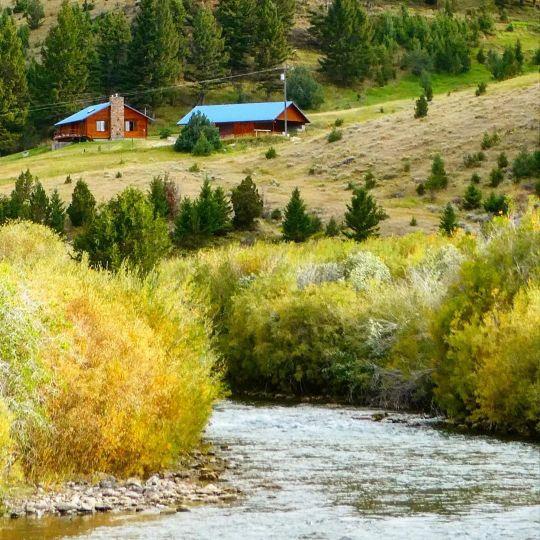
When you want to get away from the hustle and bustle, think Montana. Montana’s has lots of wide open spaces. This photo was taken on Upper Canyon Outfitters Ranch. The river in the foreground is the Ruby River. The Upper Canyon Outfitters Ranch was defiantly a place to get-away-from-everything! @uppercanyonoutfitters #montanamoment #visitmontana #montanalove #wideopenspaces #travelmontana #montanaroadtrip #rubyriver #retireearlyandtravel #travelwithus #privatetour #travelmore #travelmoreoften #travelnow #cowboycountry #wildwest #montanalife #montanagram #montanacolors #alder #flyfishingjunkie #flyfishinglife #tranquil #riverlife #ilovemontana #blueroof #visitmt #montanalife #montanagram #montanaphotographer (at Upper Canyon Outfitters) https://www.instagram.com/p/B5nKrBlAtLm/?igshid=1rdv0eoex2y5u
#montanamoment#visitmontana#montanalove#wideopenspaces#travelmontana#montanaroadtrip#rubyriver#retireearlyandtravel#travelwithus#privatetour#travelmore#travelmoreoften#travelnow#cowboycountry#wildwest#montanalife#montanagram#montanacolors#alder#flyfishingjunkie#flyfishinglife#tranquil#riverlife#ilovemontana#blueroof#visitmt#montanaphotographer
1 note
·
View note
Photo

Soo...⠀ ⠀ They have snow in the forecast for this weekend.⠀ ⠀ We are not ready for that to start yet...⠀ ⠀ ⠀ ⠀ ⠀ ⠀ _____________________________________________⠀ #fj40 #landcruiser #landcruiserfj40 #fj40landcruiser #montana #adventures #toyota #starmeadows #toyotaoffroad #builtnotbought #yotamafia #montanamoment #406 #bigskycountry #firstsnow #fallstraighttowinter #getoutside #fallinmontana #visitmontana #adventure #bfgoodrich (at Star Meadows Usfs Cabin) https://www.instagram.com/p/B20Db1CgrQG/?igshid=1td8i4benn9i6
#fj40#landcruiser#landcruiserfj40#fj40landcruiser#montana#adventures#toyota#starmeadows#toyotaoffroad#builtnotbought#yotamafia#montanamoment#406#bigskycountry#firstsnow#fallstraighttowinter#getoutside#fallinmontana#visitmontana#adventure#bfgoodrich
2 notes
·
View notes
Video
I’m living a river runs through it 🐟 . . . #406#sheexplores#montanagram#montanamoment#visitmontana#lastbestplace#bigskycountry#bigfork (at Bigfork, Montana) https://www.instagram.com/p/BzsyypHnhNf/?igshid=1bza4r5mw3vys
2 notes
·
View notes